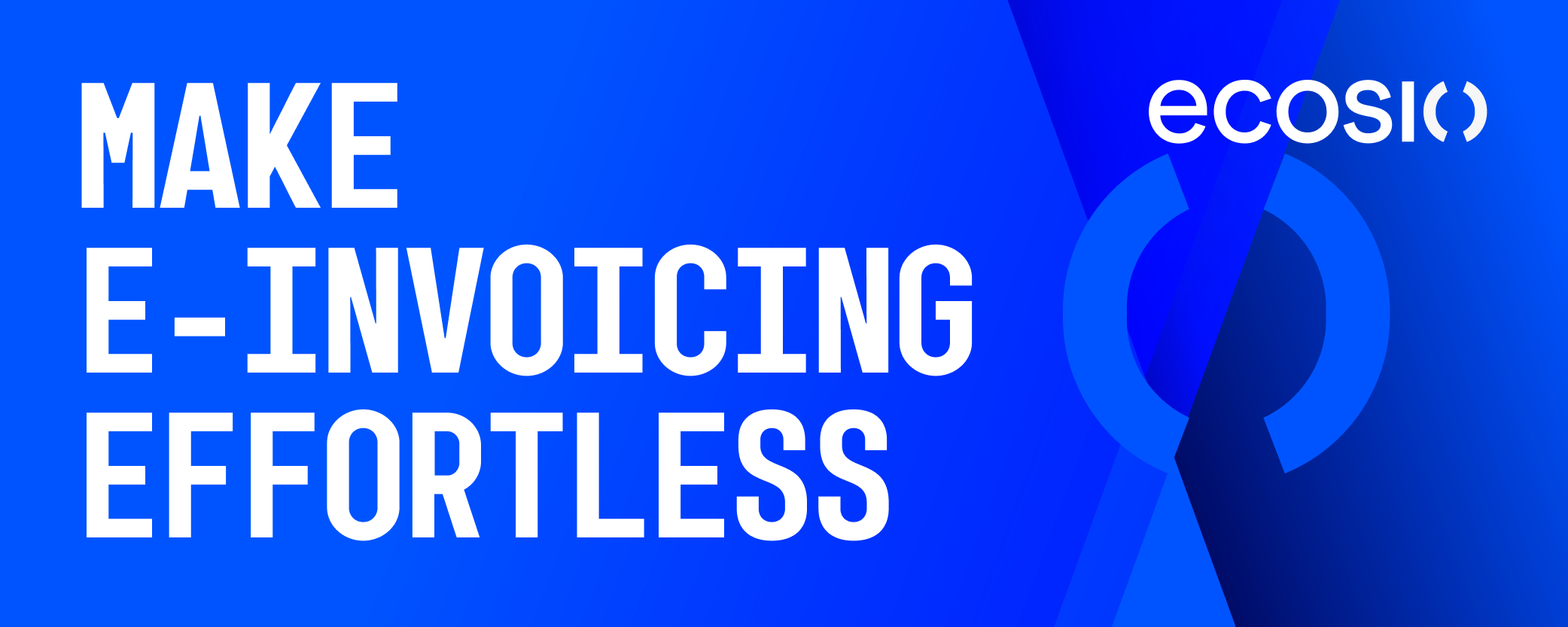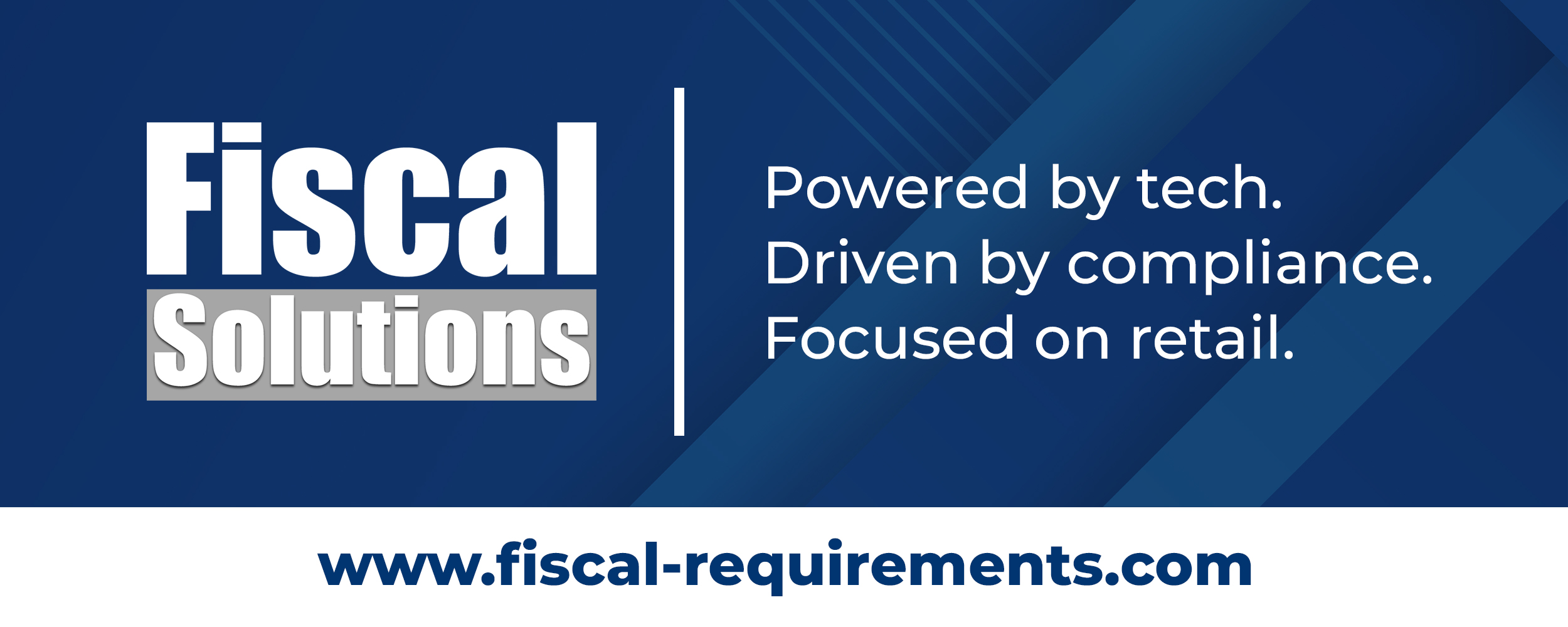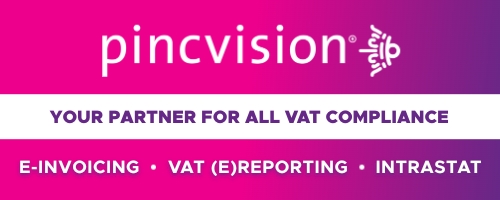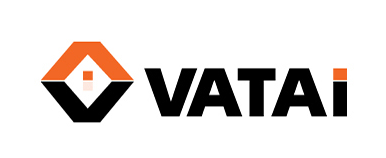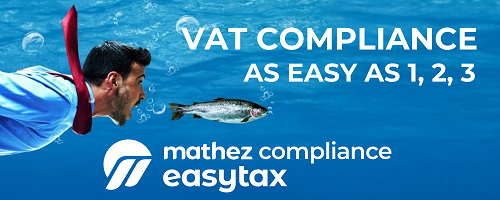- Introduction to eInvoicing:
- eInvoicing involves the exchange of invoice documents between a supplier and a buyer in an integrated electronic format, allowing for automatic and electronic processing.
- eInvoices must be structured data formats, unlike unstructured PDFs, images, or scanned paper invoices.
- Global and UAE eInvoicing Context:
- The global invoice volume in 2023 was approximately 550 billion, with a digital proportion of around 108 billion and an annual growth rate of 20%.
- UAE aims to enhance transparency, reduce human intervention, contribute to economic growth, and improve taxpayer experience through eInvoicing.
- UAE eInvoicing Objectives:
- Enable a modern digital and paperless economy.
- Reduce tax gaps and evasion.
- Create a balanced playing field for businesses and enhance ease of doing business.
- UAE eInvoicing Model:
- The UAE uses a Decentralized Continuous Transaction Control and Exchange (DCTCE) / 5 corner model.
- Involves Accredited Service Providers (SPs) for secure transmission and validation of invoice data using the OpenPeppol network.
- Implementation and Timelines:
- Taxpayers need to understand eInvoicing processes, select certified service providers, conduct testing, and optimize business processes.
- Key milestones include the development of SP accreditation requirements by Q4 2024, eInvoicing legislation by Q2 2025, and go-live for reporting by July 2026.
Source gov.ae





